
Every Father’s Day, children struggle to come up with a way to bless their homeschool dad. “We want to buy him a gift, but what can we get him that he wouldn’t already be able to get himself?” What is the best blessing you could offer a Christian dad?
Psalm 128 provides an excellent way to think about honoring dads on Father’s Day. In six short verses, this psalm inventories the blessing of a father who fears the Lord. The blessings are appropriate goals for every Christian dad, and children can honor him by contributing to those aspirations.
Wise Dominion
For thou shalt eat the labour of thine hands: happy shalt thou be.
Christian homeschool dads work hard to provide for their families and attempt to be wise stewards of the resources God gives them. Psalm 128:2 describes a blessed man enjoying the literal fruit of his work. He has fulfilled the blessing of dominion over God’s creation.
Children can join in on that blessing by diligently contributing to their household. But beyond carrying out chores, children should be preparing for their future vocation as well. Few things bless a father’s heart more than seeing his children study hard and prosper academically. It assures dads that their children are on their way to exercising good and wise dominion within God’s calling on their lives. That is being truly blessed.
Little Olive Plants
Thy children like olive plants round about thy table.
I love the metaphor found in Psalm 128:3. Children gather around the table, enjoying the fruit of their dad’s labor. As he nurtures them, they too will grow to be fruitful olive trees.
One of most basic characteristics of living things is that they perpetuate. If they didn’t reproduce, living organisms would go extinct. And this principle is linked to Genesis 1:28, where God blessed the animals and people to be fruitful and fill the earth.
Little children are such a delight to dads. They are a fulfillment of God’s blessing on their lives.
But more than having physical descendants, believing dads want to see their children experience new birth. We perpetuate by making disciples. Our commission is to perpetuate to the uttermost parts of the earth. For dads, the natural location to begin doing that is in our homes. Knowing the sweetness of our life in Christ makes it natural for us to want our children have the same lifelong experience. Children can bless their fathers by giving their hearts in response to their dad’s efforts to disciple them.
The Next Generation
Yea, thou shalt see thy children’s children.
The final verse of the psalm telescopes out to the third generation. Here, a blessed man (first generation) is enjoying his children’s (second generation) children (third generation.) It envisions the little olive plants growing to maturity and being fruitful themselves. They too are working hard to provide for a family. And God has blessed them with their own little olive plants.
This is the blessing of multigenerational discipleship. God-fearing dads are most blessed when they see their grandchildren also following in their ways. My dad is honored as I seek to disciple his grandchildren.
This Father’s Day, as you seek to honor your homeschool dad, meditate on Psalm 128. God wants to bless your dad, and He knows the best way to bless him. In fact, you’re an integral part God’s means of blessing. So if you give your heart to what God is doing, you will bless your dad.
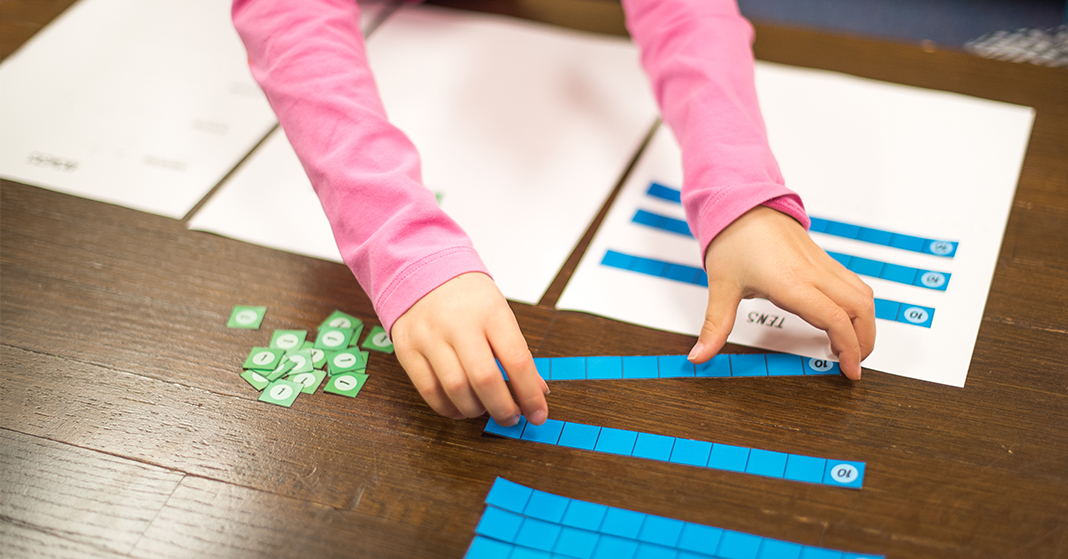
 Maneuvering
Maneuvering

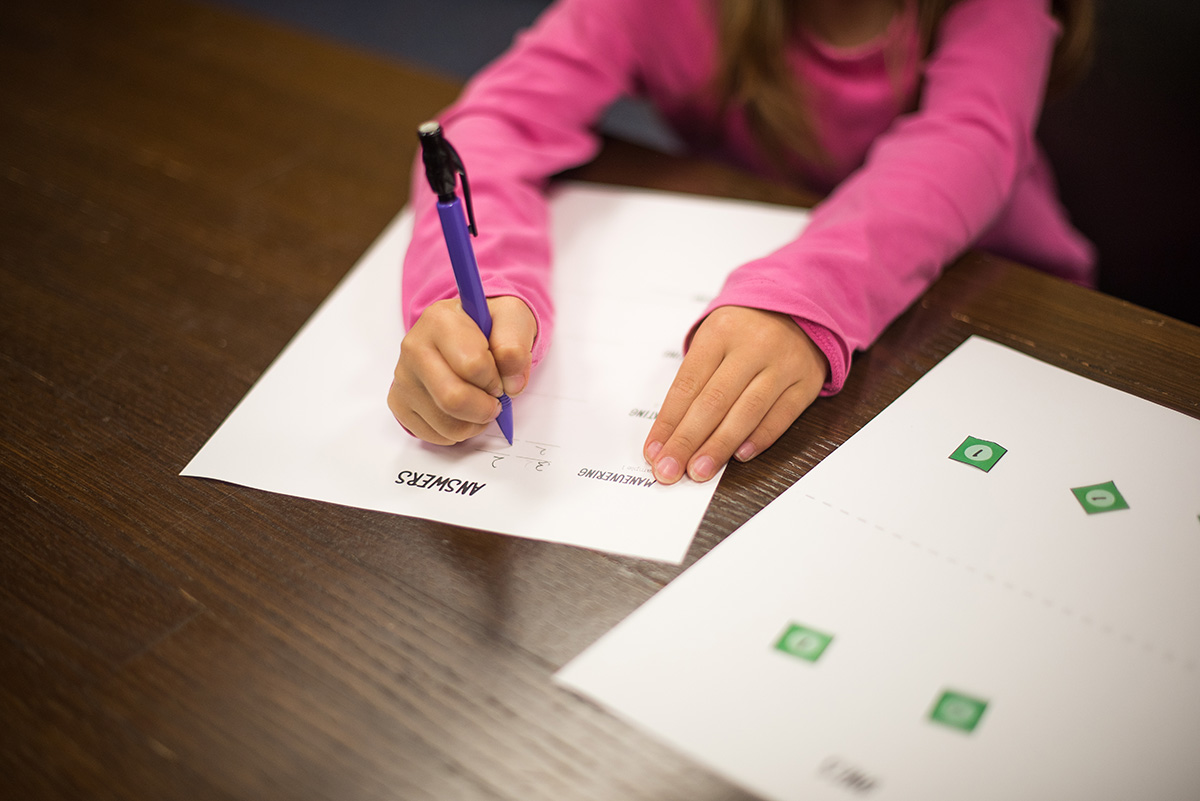 Observing
Observing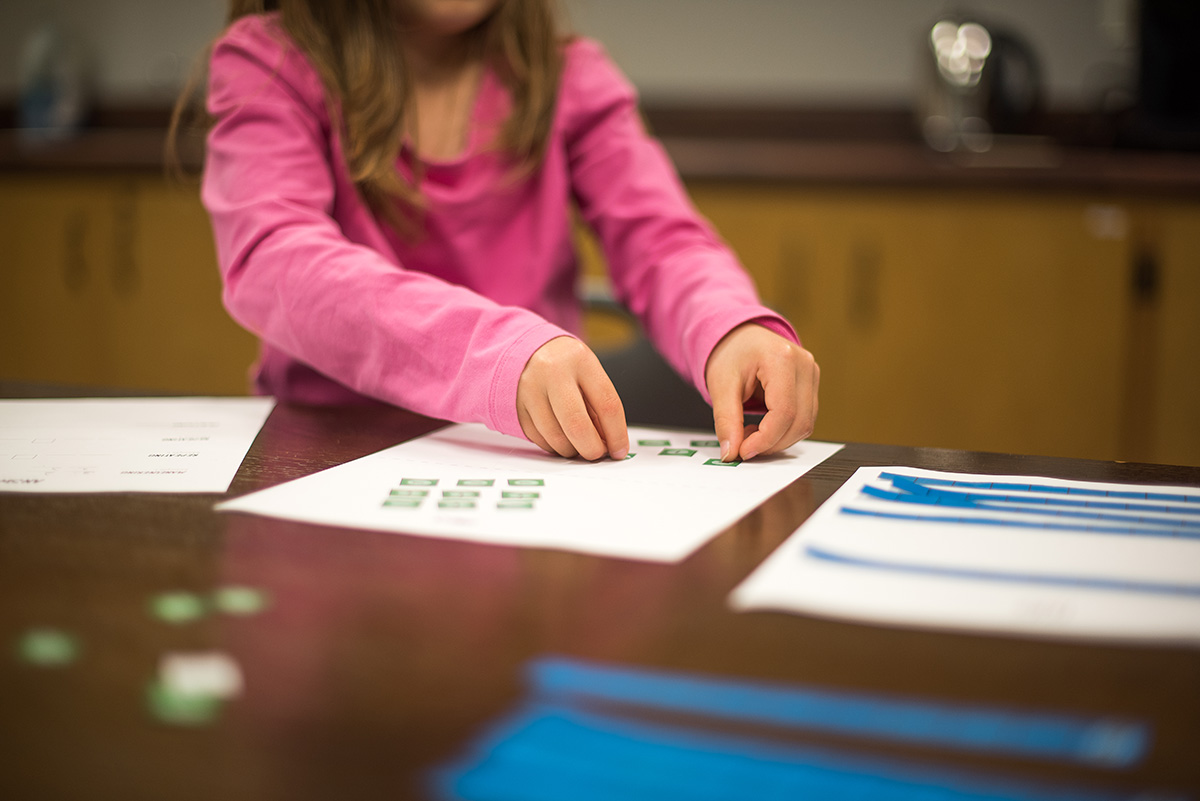
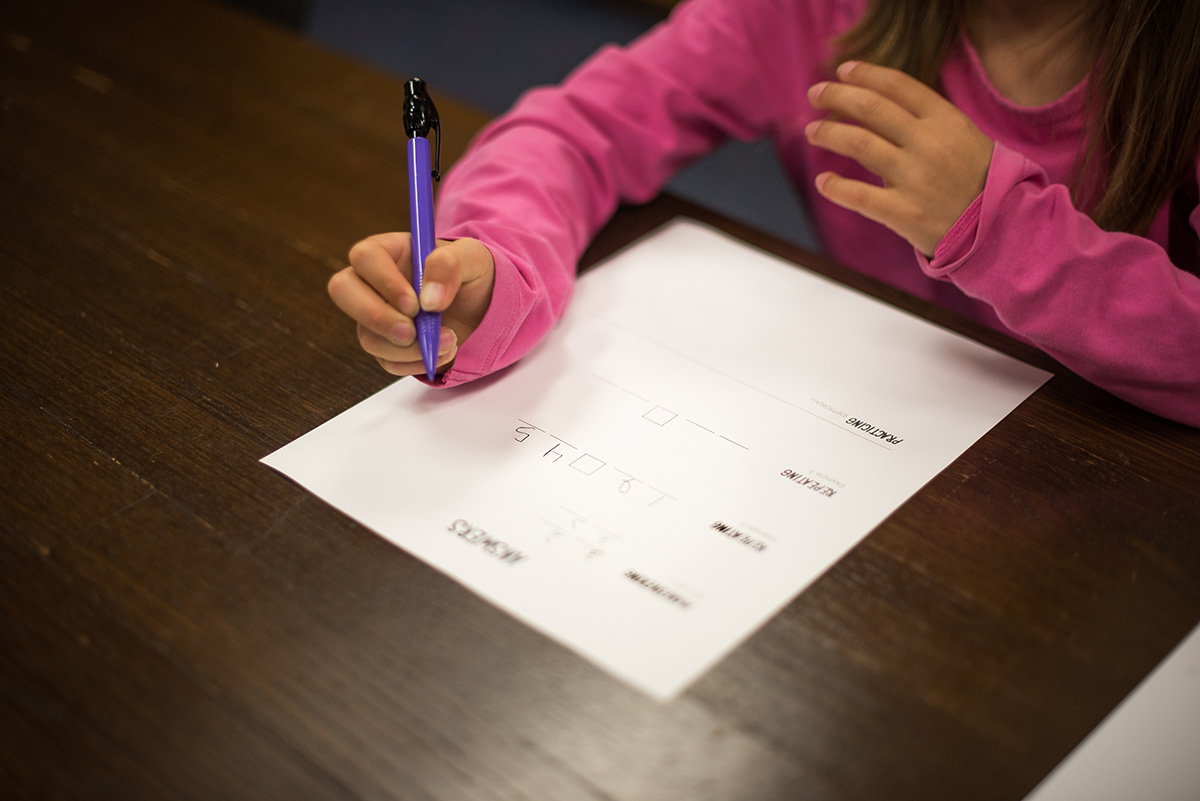 Practicing
Practicing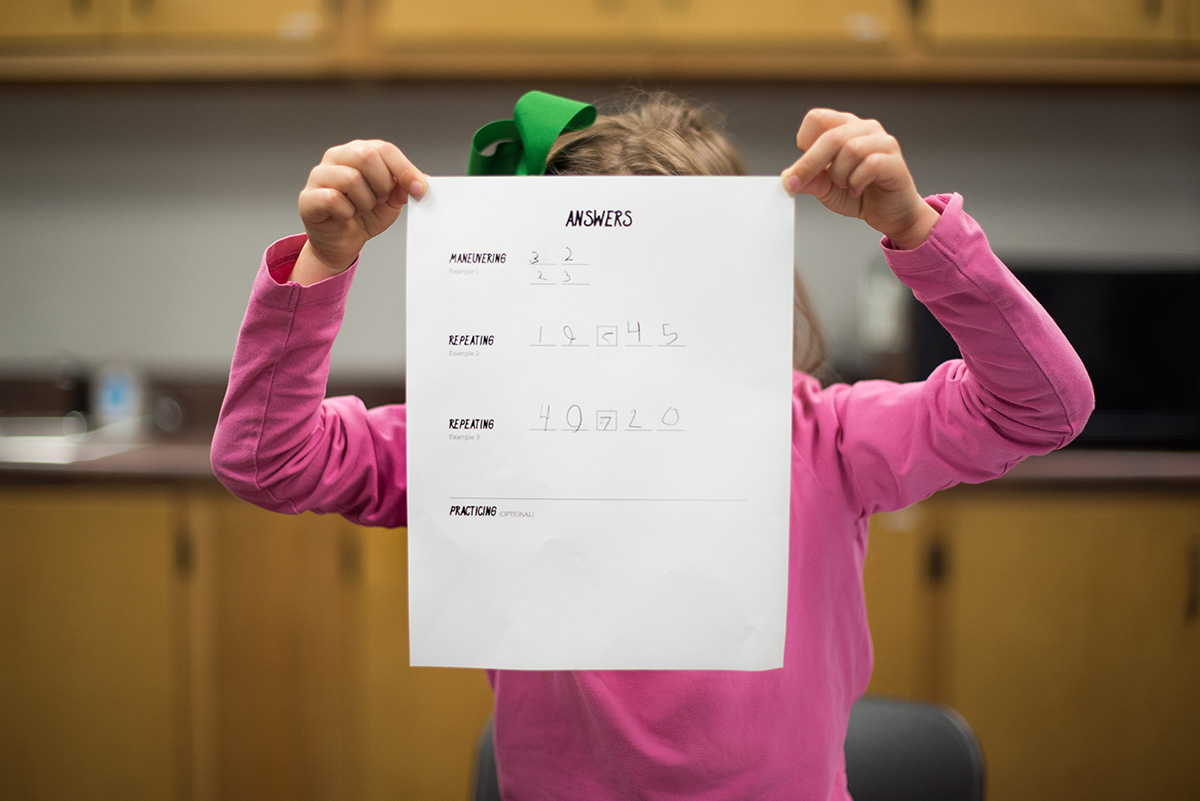



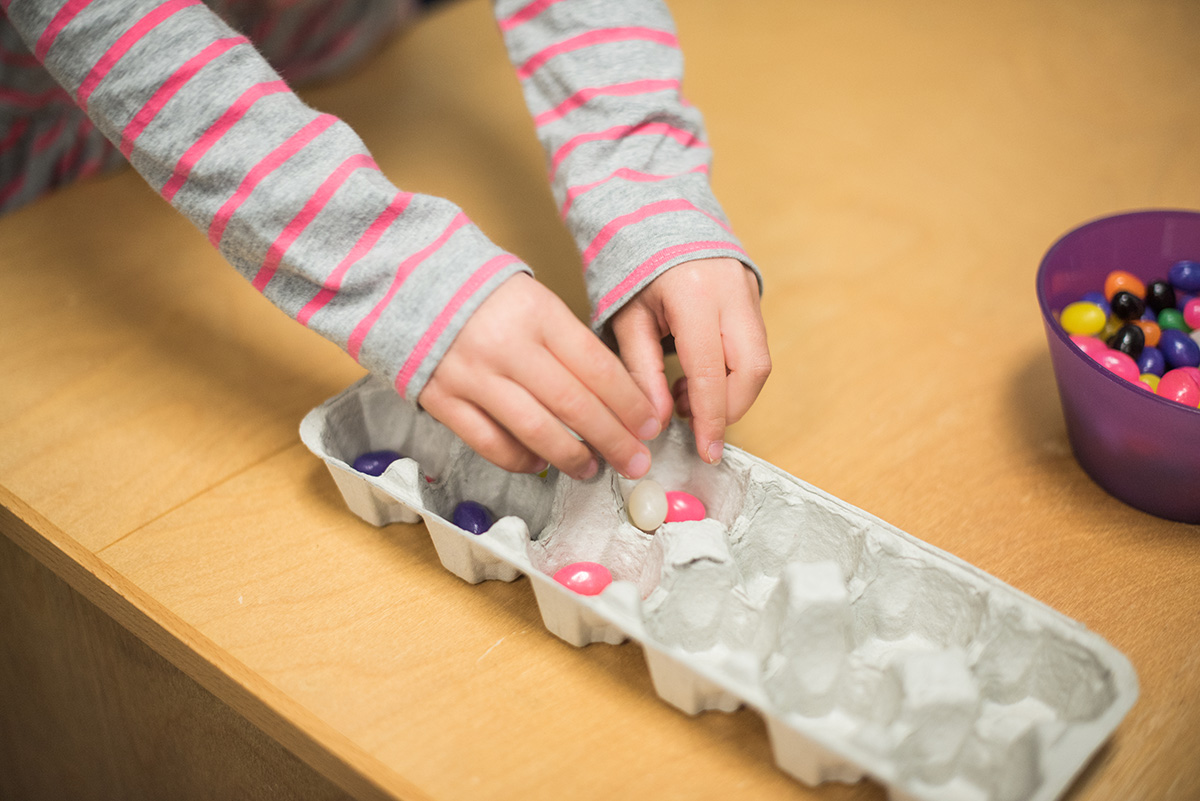



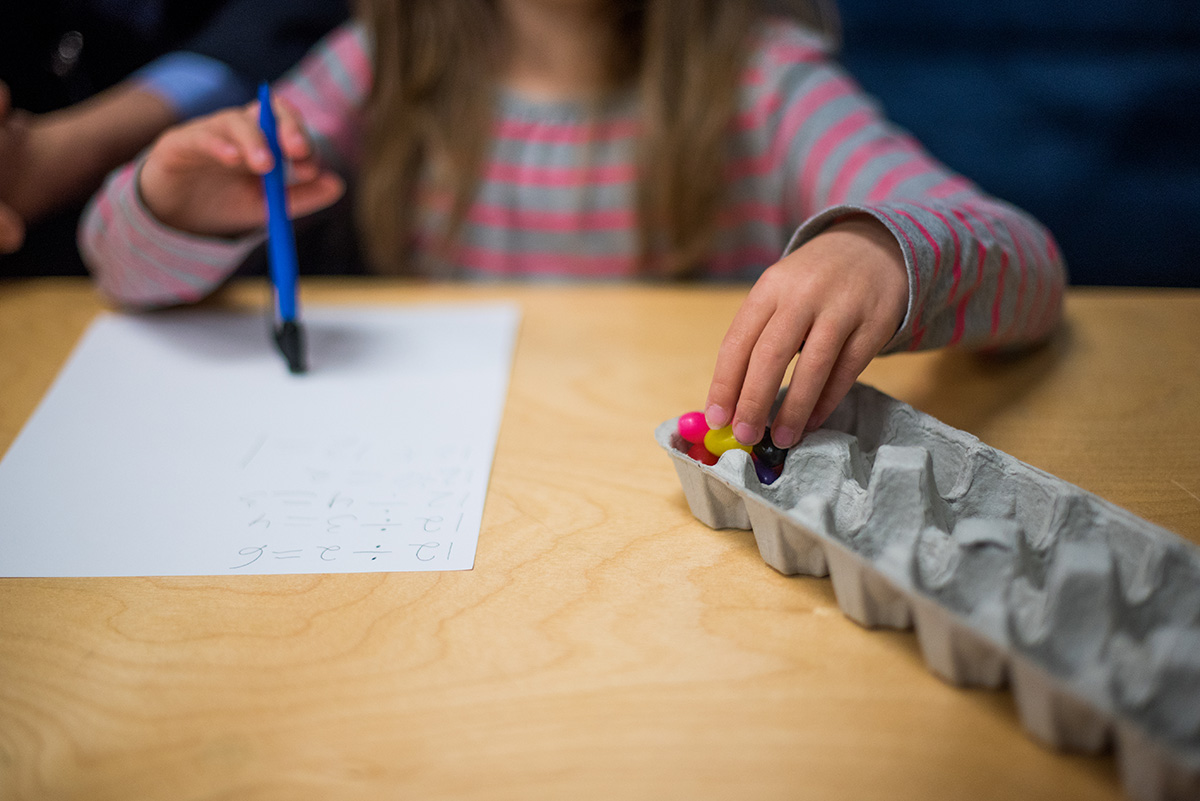 Sustained Learning
Sustained Learning

 Redemptive Direction
Redemptive Direction